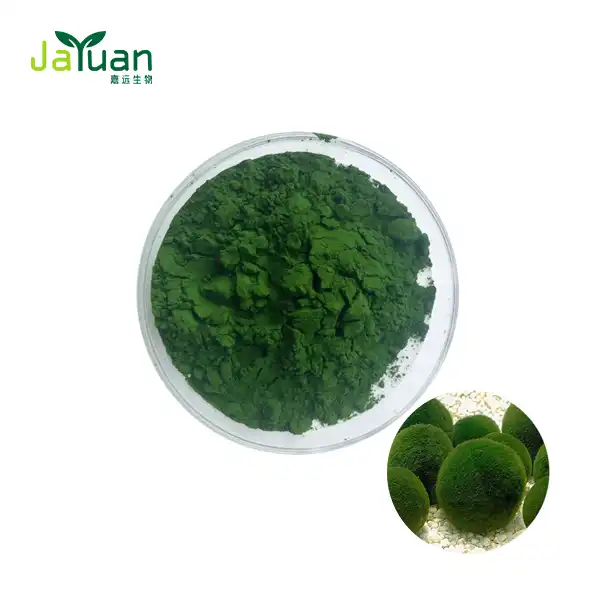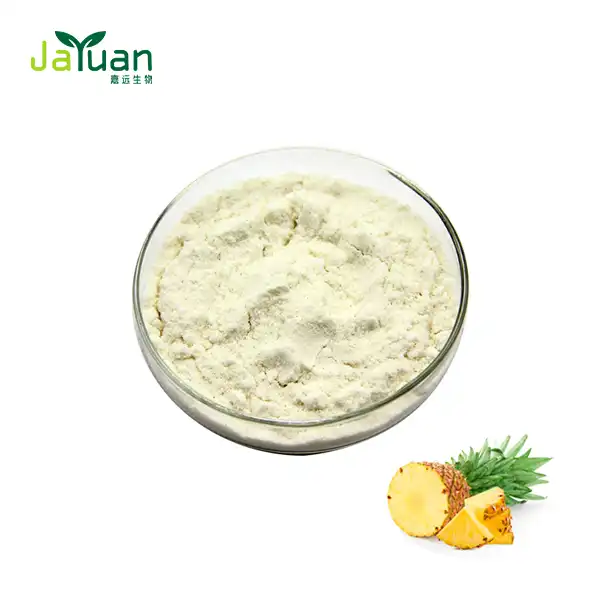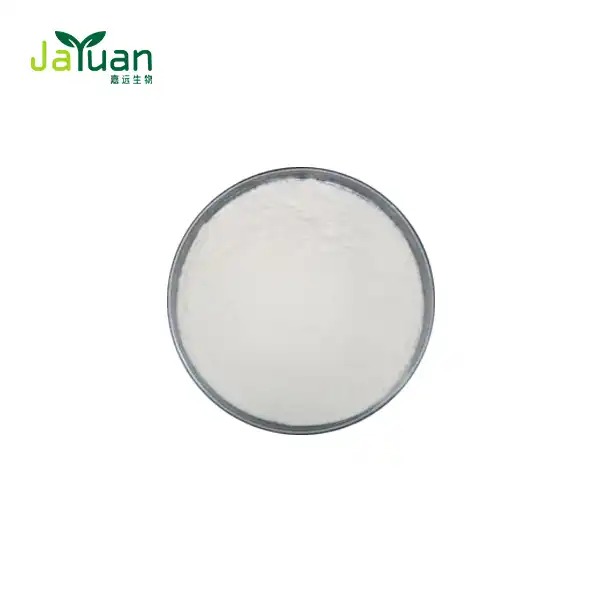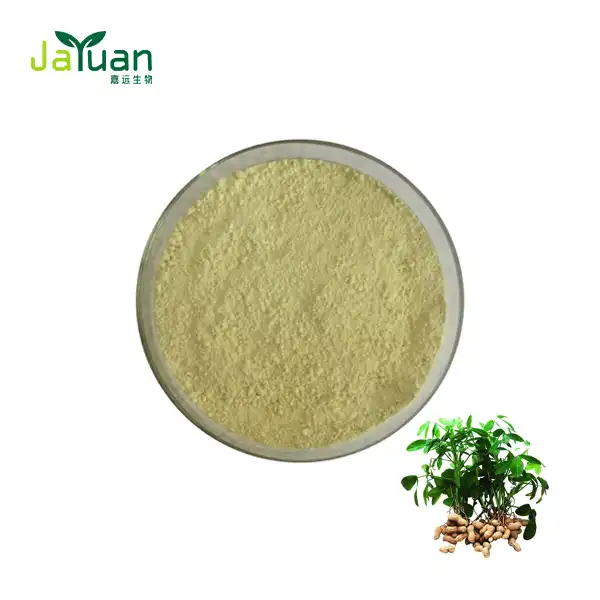Do You Get Aloe Emodin from Whole Leaf?
Beneficial compound Aloe emodin, which can be found in various parts of the Aloe vera plant, needs to be carefully extracted from the entire leaf. Aloe emodin is more concentrated in the outer leaf, particularly the rind or skin, than in the inner gel. These outer layers, where anthraquinones like aloe emodin are concentrated, are typically isolated from the gel in extraction methods. This cycle guarantees that the last concentrate holds the compound's power while limiting foreign substances.
Medical advantages related with it incorporate its true capacity as a cell reinforcement, calming, and antimicrobial specialist. It has been perused up for its work in supporting stomach related prosperity as a result of its delicate diuretic properties, which help with progressing gastrointestinal motility. Aloe emodin powder is a sought-after fixing in regular wellbeing and wellbeing items in view of these properties, especially those that help stomach related wellbeing and skin wellbeing.
All in all, notwithstanding the way that it is fundamentally found in the external leaf layers of Aloe vera, its extraction requires cautious handling to protect its advantageous properties. Items can be more compelling at advancing generally speaking wellbeing and prosperity assuming this compound is added to them.
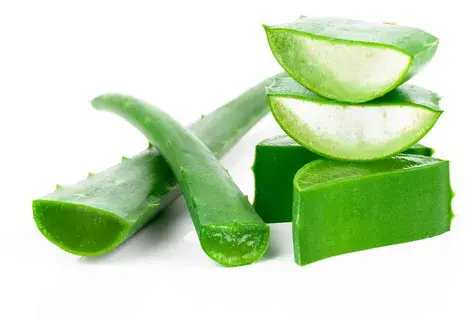
What is Aloe Emodin and Where is it Found in Aloe Vera?
Anthraquinone compound Aloe emodin is primarily found in the gel and latex of the Aloe vera plant. It is known for its potential anticancer effects and laxative properties. The yellow sap or latex just beneath the skin of an aloe leaf and, to a lesser extent, the inner gel of the leaf contain it.
Extraction from the Whole Leaf
It is essential to comprehend that the entire leaf consists of three main components when considering whether you obtain aloe emodin from the entire plant: the middle latex, the inner gel, and the outer rind. Different nutrients and compounds are found in each part:
- Outer Rind: The protective layer that contains some carbohydrates and proteins.
- Middle Latex: A bitter yellow sap rich in anthraquinones, including aloin and aloe emodin.
- Inner Gel: a water-, vitamin-, and mineral-rich, clear, mucilaginous substance with a trace amount of aloe emodin. Aloe emodin extraction is primarily found in the latex, so whole leaf extraction involves using the entire leaf. Therefore, it is possible to extract aloe emodin from the entire aloe vera leaf; however, the concentration will be greatest in products that contain the latex component.
Is Aloe Emodin Safe to Consume?
Potential Benefits and Risks
The product has been studied for its potential anti-inflammatory and cancer-fighting properties, as well as its laxative effects. Be that as it may, there are wellbeing concerns, especially connected with the utilization of aloe plastic:
- Laxative Effects: Aloe emodin, alongside other anthraquinones in the plastic, can animate solid discharges. Aloe latex is a potent natural laxative due to this property; however, excessive consumption can result in severe cramping and diarrhea.
- Potential Carcinogenicity: Aloe emodin powder may increase the risk of certain cancers when applied to the skin or consumed in large quantities, particularly when combined with other carcinogenic factors, according to some evidence.
Aloe vera products made from whole leaf that contain a lot of aloe latex are generally discouraged due to these concerns. The majority of the latex in many commercial aloe vera products is removed through processing, preserving the beneficial compounds in the inner gel and minimizing the risk of adverse effects.
Regulations and Recommendations
The U.S. Food and Medication Organization (FDA) has prohibited the utilization of aloe plastic in over-the-counter diuretics because of security concerns. While utilizing Aloe vera for inside purposes, it is encouraged to pick items produced using the inward leaf gel, which is for the most part thought to be ok for utilization. Both inner gel products and whole leaf products can be used for topical applications; however, it is essential to first test for skin sensitivity.
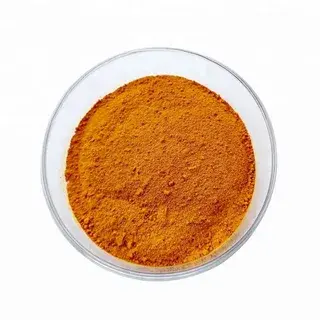
How to Extract Aloe Emodin Safely?
Methods of Extraction
Separating aloe emodin extraction from the Aloe vera leaf includes explicit techniques to guarantee the security and viability of the end result.
- Manual Filleting: This method involves manually removing the outer rind and the latex layer to access the inner gel. The gel can then be processed to separate the it from other compounds.
- Whole Leaf Processing: The entire leaf, including the rind and latex, is processed using this method. The combination is then separated or treated to eliminate most of the plastic, abandoning an item that contains it and other valuable mixtures.
Tips for Safe Extraction
To safely extract product at home or in small-scale settings, follow these tips:
- Use Mature Leaves: Select mature Aloe vera leaves, which contain higher concentrations of active compounds.
- Proper Filleting: Carefully remove the outer rind and latex layer to minimize the presence of aloin and other harsh anthraquinones.
- Avoid Contamination: Ensure that all tools and surfaces are clean to prevent contamination.
- Storage: Store extracted aloe gel in a cool, dark place or refrigerate to preserve its properties.
Conclusion
In conclusion, aloe emodin can be extracted from the latex layer of the Aloe vera leaf in general. While it offers potential medical advantages, alert should be practiced because of its strong diuretic impacts and conceivable cancer-causing nature when consumed in huge sums. For interior use, it is for the most part more secure to decide on items produced using the internal gel of the leaf, which contains lower levels of anthraquinones. Aloe emodin powder's potential benefits can be maximized while potential risks can be minimized by understanding the extraction process and adhering to safety guidelines.
References
- "Aloe emodin - Wikipedia"
- "Properties of Aloe Plants: Inner Leaf Versus Outer Leaf" - Global Healing
- "Whole Leaf Aloe Vera vs. Inner Aloe Gel: What's the Difference?" - AloeCure
- "Antiplasmodial potential and quantification of aloin and aloe-emodin in Aloe vera" - BMC Complementary Medicine and Therapies
- "Temperature and pH Stability of Anthraquinones from Native Aloe vera Gel"
- "Whole Leaf Aloe Vera Benefits & Uses" - Herbal Dynamics Beauty
- "Aloe Vera: The Ultimate Guide" - Mind Body Green
- "Aloe Vera Gel Research Review" - Examine.com
- "Aloe Vera: Benefits, Uses, Dosage, and Side Effects" - Healthline
- "Aloe Vera - A Potential Herb and Its Medicinal Benefits"

